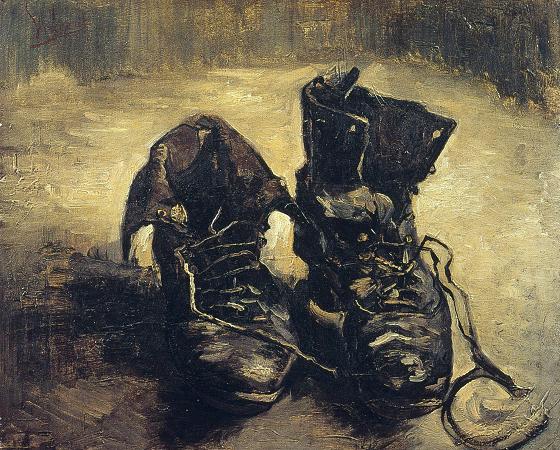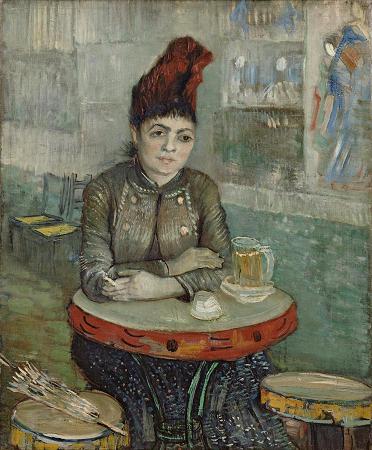Van Gogh Museum. The Van Gogh Museum is an Dutch art museum dedicated to the works of Vincent van Gogh and his contemporaries in Amsterdam; it is located at the Museum Square in the borough Amsterdam South, close to the Stedelijk Museum, the Rijksmuseum, and the Concertgebouw. The museum opened on 2 June 1973, and its buildings were designed by Gerrit Rietveld and Kisho Kurokawa. The museum contains the largest collection of Van Gogh's paintings and drawings in the world. In 2017, the museum had 2.3 million visitors, and was the most visited museum in the Netherlands, and the 23rd most visited art museum in the world. In 2019, the Van Gogh Museum launched the Meet Vincent Van Gogh Experience, a technology-driven immersive exhibition on Van Gogh's life and works, which has toured globally. Upon Vincent van Gogh's death in 1890, his work not sold fell into the possession of his brother Theo. Theo died six months after Vincent, leaving the work in the possession of his widow, Johanna van Gogh-Bonger. Selling many of Vincent's paintings with the ambition of spreading knowledge of his artwork, Johanna maintained a private collection of his works. The collection was inherited by her son Vincent Willem van Gogh in 1925, eventually loaned to the Stedelijk Museum in Amsterdam where it was displayed for many years, and was transferred to the state-initiated Vincent van Gogh Foundation in 1962. Design for a Van Gogh Museum was commissioned by the Dutch government in 1963 to Dutch architect and furniture designer Gerrit Rietveld. Rietveld died a year later, and the building was not completed until 1973, when the museum opened its doors. In 1998 and 1999, the building was renovated by the Dutch architect Martien van Goor, and an exhibition wing by the Japanese architect Kisho Kurokawa was added. In late 2012, the museum was closed for renovations for six months. During this period, 75 works from the collection were shown in the Hermitage Amsterdam. On 9 September 2013, the museum unveiled a long-lost Van Gogh painting that spent years in a Norwegian attic believed to be by another painter. It is the first full-size canvas by him discovered since 1928. Sunset at Montmajour depicts trees, bushes and sky, painted with Van Gogh's familiar thick brush strokes. It can be dated to the exact day it was painted because he described it in a letter to his brother, Theo, and said he painted it the previous day 4 July 1888. In 1991, twenty paintings were stolen from the museum, among them Van Gogh's early painting The Potato Eaters. Although the thieves escaped from the building, 35 minutes later all stolen paintings were recovered from an abandoned car. Three paintings-Wheatfield with Crows, Still Life with Bible, and Still Life with Fruit-were severely torn during the theft. Four men, including two museum guards, were convicted for the theft and given six or seven-year sentences. It is considered to be the largest art theft in the Netherlands since the Second World War. In 2002, two paintings were stolen from the museum, Congregation Leaving the Reformed Church in Nuenen and View of the Sea at Scheveningen. Two Dutchmen were convicted for the theft to four-and-a-half-year sentences, but the paintings were not immediately recovered. The museum offered a reward of €100,000 for information leading to the recovery of the paintings. The FBI Art Crime Team listed the robbery on their Top Ten Art Crimes list, and estimates the combined value of the paintings at US$30million. In September 2016, both paintings were discovered by the Guardia di Finanza in Naples, Italy.
more...














